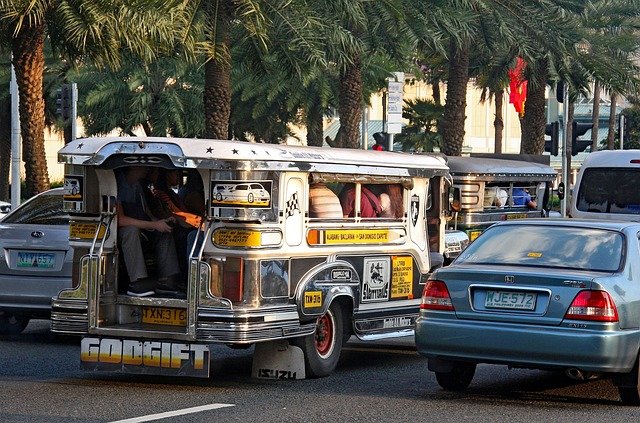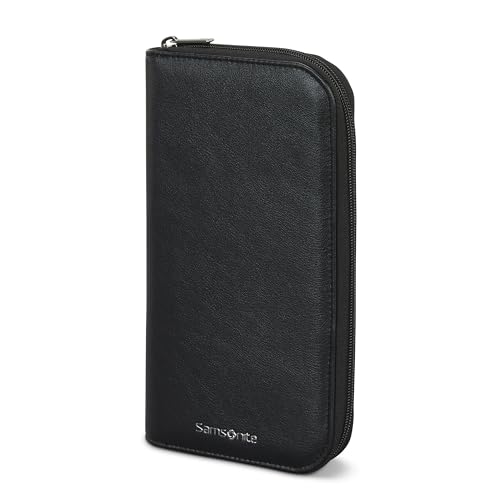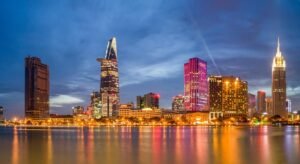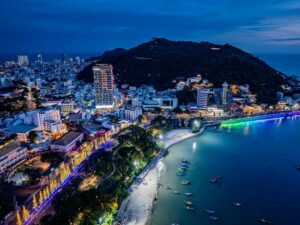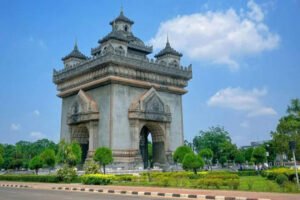Welcome to Manila, the energetic capital of the Philippines, where Spanish colonial history meets modern skyscrapers, lively street life, and world-famous Filipino hospitality. Often the entry point for travelers exploring the country’s 7,000+ islands, Manila itself is a vibrant city worth exploring. In this guide, we’ll delve into Manila’s demographics, top attractions, local cuisine, transportation, neighborhoods, and travel tips.
Manila Overview: Culture, Population & Local Insights
Manila is part of Metro Manila, a sprawling urban area comprising 16 cities, and is the political, cultural, and economic hub of the Philippines.
Key Demographics:
- Population: Over 1.8 million in Manila proper, 14+ million in Metro Manila
- Language: Filipino (Tagalog) and English (widely spoken)
- Currency: Philippine Peso (PHP)
- Climate: Tropical monsoon (hot and humid, with rainy season from June to October)
- Religion: Predominantly Roman Catholic (over 80%)
- Time Zone: GMT+8
Manila is known for its blend of history and modernity. You’ll find centuries-old Spanish churches, bustling street markets, world-class shopping malls, and vibrant nightlife all within reach.
Top 7 Must-See Tourist Attractions in Manila
1. Intramuros (The Walled City)
Step back in time at Intramuros, Manila’s historic Spanish colonial district. Stroll cobblestone streets, visit old churches, and ride a traditional calesa (horse-drawn carriage).
- Highlights: Fort Santiago and San Agustin Church (UNESCO World Heritage Site)
- Entry Fee: Fort Santiago ~75 PHP
Keywords: Intramuros Manila, San Agustin Church, Fort Santiago
2. Rizal Park (Luneta Park)
Named after national hero José Rizal, this iconic park is a symbol of Philippine independence. It’s a popular spot for families, morning walks, and cultural performances.
- Location: Roxas Boulevard, near Intramuros
Keywords: Rizal Park, Manila, Luneta Park, Manila landmarks
3. National Museum of the Philippines
This museum complex features collections of art, archaeology, anthropology, and natural history. Don’t miss Juan Luna’s famous painting, Spoliarium.
- Entry Fee: Free
- Hours: 10 AM – 5 PM, closed Mondays
4. Manila Ocean Park
A favorite among families, this ocean-themed park and aquarium features exhibits showcasing marine life, sea lion shows, and interactive experiences.
- Entry Fee: Packages start around 600 PHP
5. Binondo (Chinatown)
Established in 1594, Binondo is the world’s oldest Chinatown. Known for its food scene, it’s the place to try authentic Filipino-Chinese cuisine.
- Must-try dishes: Dumplings, noodle soup, lumpia (spring rolls)
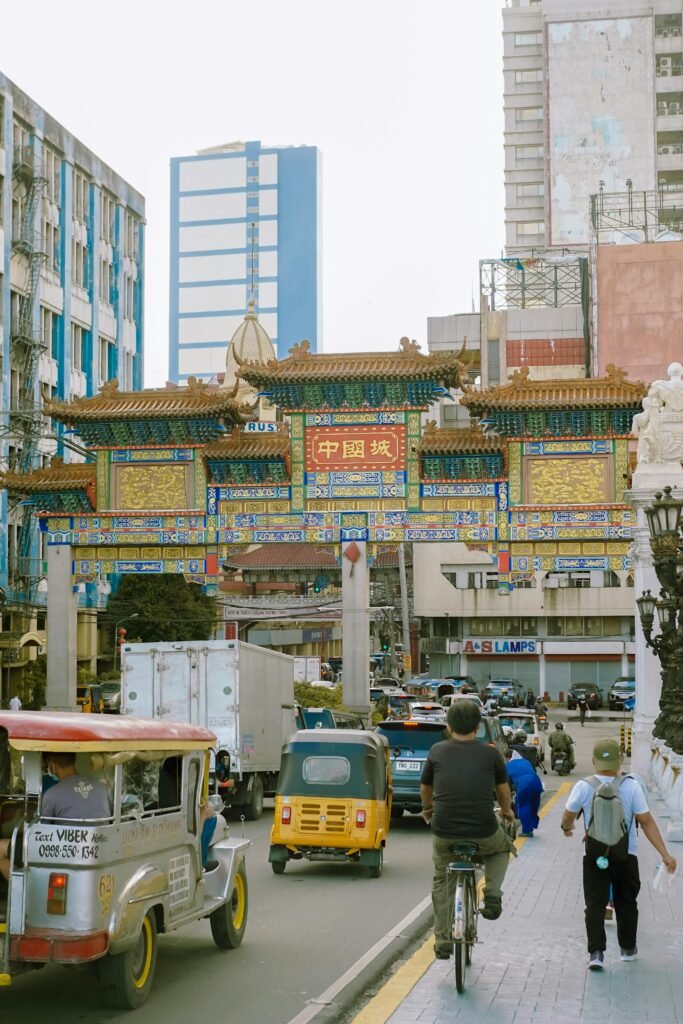
6. Mall of Asia (SM MOA)
One of the world’s largest malls, SM Mall of Asia, is more than just shopping—it has an ice rink, IMAX theater, concert arena, and a seaside promenade.
- Location: Pasay City
7. Manila Bay Sunset Cruise
End your day with a sunset cruise on Manila Bay. The view of the sun setting over the water is one of the most iconic sights in the city.
- Price: Around 500–800 PHP per person
What to Eat in Manila: Must-Try Filipino Dishes
Manila is the perfect place to sample Filipino cuisine, a flavorful blend of Spanish, Chinese, and Malay influences.
- Adobo – Pork or chicken stewed in soy sauce, vinegar, and garlic
- Sinigang – Tamarind-based sour soup with pork or shrimp
- Lechon – Crispy roasted whole pig, a Filipino celebration staple
- Halo-Halo – Shaved ice dessert with fruits, beans, and ice cream
- Kare-Kare – Peanut sauce stew with oxtail and vegetables
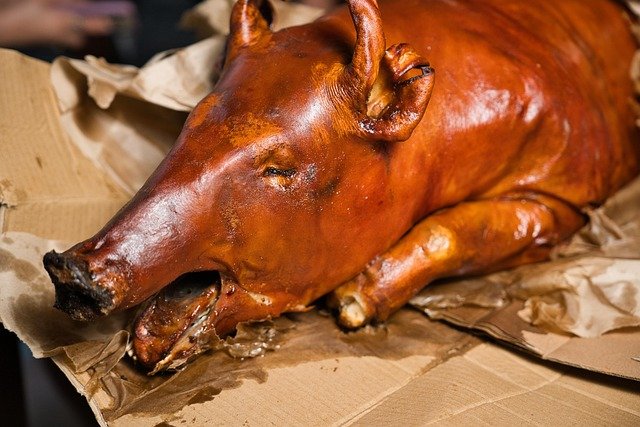
Best Food Spots:
- Binondo (Chinatown) food crawl
- Dampa seafood markets (choose fresh seafood, cooked on-site)
- Local street food in Quiapo and Divisoria
How to Get Around Manila
Traffic in Manila is notorious, but there are several ways to get around:
- 🚇 LRT/MRT Trains – Affordable and faster than cars during rush hour
- 🚗 Grab App – Safer than regular taxis
- 🚙 Jeepneys – The Philippines’ iconic public transport, cheap but crowded
- 🚌 Buses – Widely available, but often slow in traffic
- 🚶 Walking – Best for historic districts like Intramuros
Tip: Plan travel around rush hour (7–9 AM, 5–8 PM) when traffic can be overwhelming.
Best Areas to Stay in Manila
- Makati – Business district, luxury hotels, nightlife
- Bonifacio Global City (BGC) – Modern, trendy, safe, great for families
- Ermita & Malate – Near Intramuros, affordable, vibrant nightlife
- Pasay – Close to the airport, Mall of Asia, and Manila Bay
- Quezon City – Budget-friendly, student-friendly, with local vibes
Tips for First-Time Visitors to Manila
- Always allow extra travel time (traffic is unpredictable)
- Keep hydrated and use sunscreen (Manila is hot and humid)
- Be cautious with valuables in crowded areas
- Use Grab for safe and reliable transport
- Try at least one food crawl in Binondo or a seaside dinner at Manila Bay
Final Thoughts: Why Visit Manila?
While many travelers use Manila as a stopover before heading to the Philippines’ islands, the capital itself offers rich history, diverse food, and cultural experiences worth discovering. From exploring Intramuros and sampling street food in Binondo to watching the famous Manila Bay sunset, this dynamic city is a destination in its own right and the perfect starting point for any adventure in the Philippines. Another great destination to add is Vietnam’s dynamic hub—read our Ho Chi Minh City travel guide for must-see attractions and travel tips. Thanks for reading.

